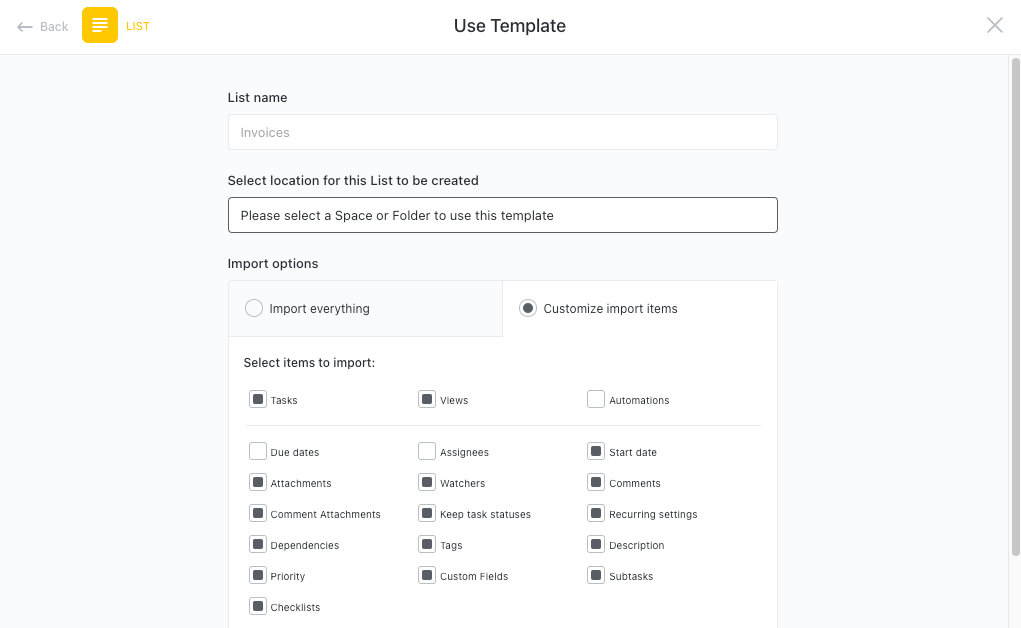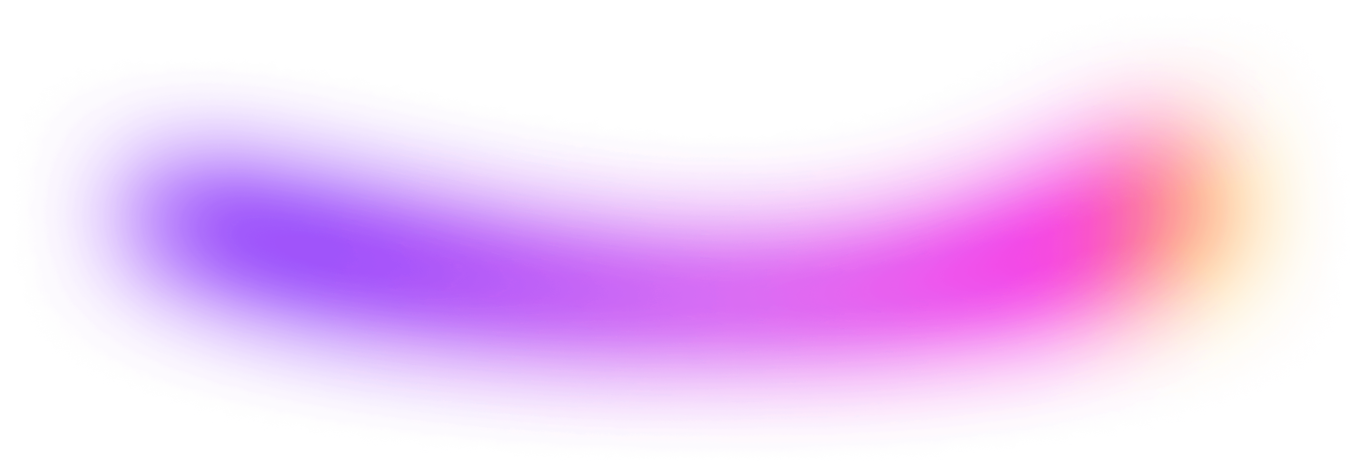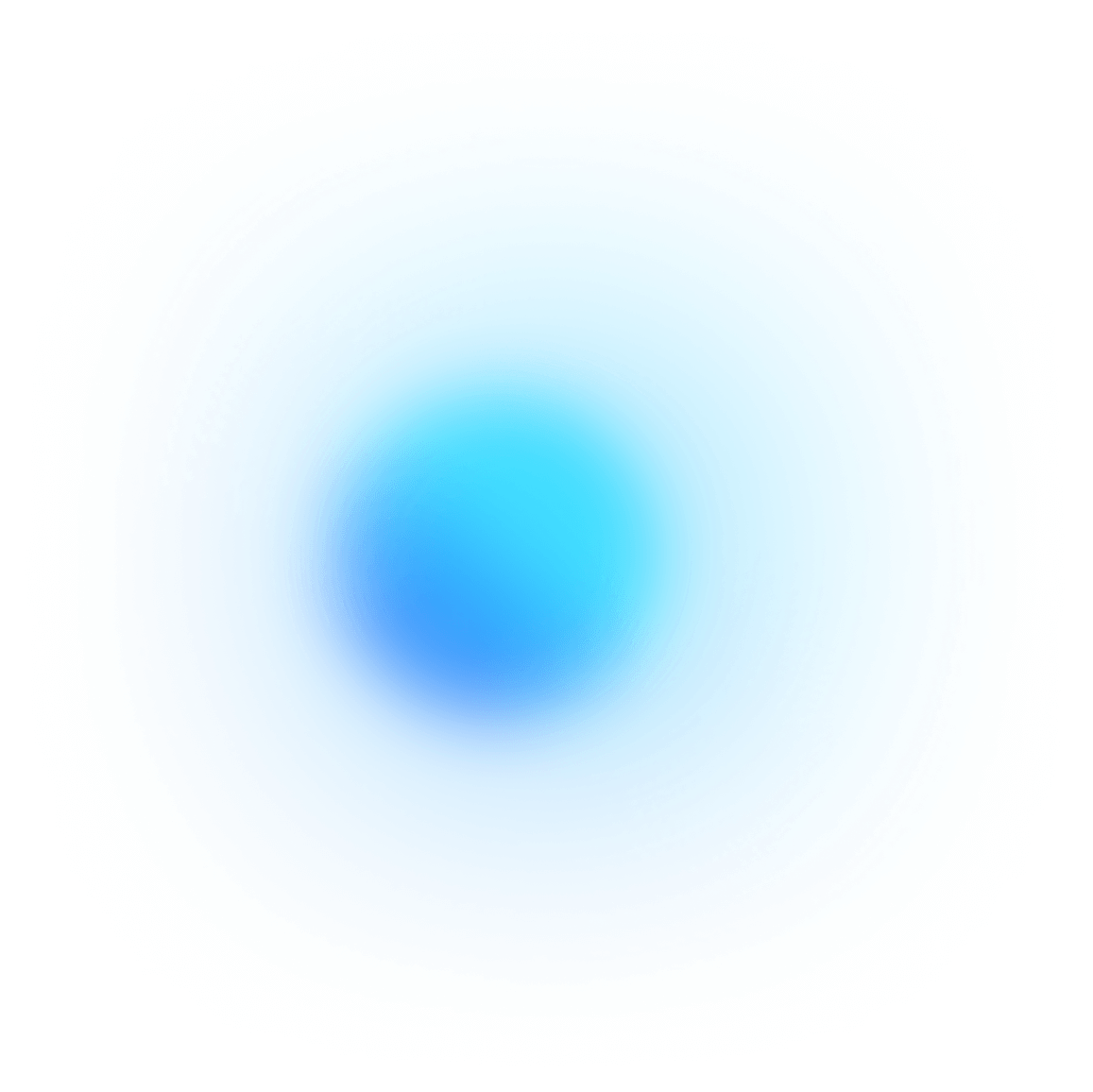Web designers, listen up! We know that juggling multiple design projects can be a challenge. That's why ClickUp's Web Designers Kanban Board Template is here to save the day!
With our Kanban board template, you can:
- Visualize and track the progress of all your design projects in one place
- Easily collaborate with team members, clients, and stakeholders on design tasks
- Streamline your workflow and ensure that no design task falls through the cracks
Whether you're working on a website redesign, creating a stunning UI/UX, or optimizing user flows, ClickUp's Web Designers Kanban Board Template is your secret weapon for efficient and successful web design projects. Try it now and see the difference it makes!
Benefits of Web Designers Kanban Board Template
Web designers can greatly benefit from using the Kanban Board template for their projects. Some key advantages include:
- Streamlining project management by visualizing tasks and their progress in a single board
- Improving communication and collaboration among team members through real-time updates and task assignments
- Enhancing productivity by setting clear priorities and deadlines for each task
- Increasing efficiency by eliminating bottlenecks and identifying areas for improvement in the design process
Main Elements of Web Designers Kanban Board Template
ClickUp's Web Designers Kanban Board Template is the perfect solution for managing your web design projects and staying on top of your tasks.
Here are the main elements of this template:
- Custom Statuses: Keep track of the progress of your tasks with 5 different statuses - Closed, Open, Review, In Progress, and Blocked. Easily move tasks between columns to visualize their current state.
- Custom Fields: Use custom fields to capture important information about each task. Add fields like Client Name, Project Deadline, Priority, and more to ensure all relevant details are easily accessible.
- Kanban Board View: Visualize your tasks on a Kanban board, with columns representing each status. Drag and drop tasks between columns to update their status and keep track of their progress.
- Getting Started Tips View: Access helpful tips and guidelines for using this template effectively. Get started quickly and make the most out of the features available.
- Task Management: Utilize ClickUp's powerful task management features, such as assigning tasks to team members, setting due dates, adding attachments, and leaving comments for seamless collaboration.
How to Use Kanban Board for Web Designers
Whether you're a seasoned web designer or just starting out, the Web Designers Kanban Board Template in ClickUp can help streamline your workflow and keep your projects organized. Follow these six steps to make the most of this template:
1. Set up your board
Start by creating a new board in ClickUp using the Web Designers Kanban Board Template. This template is already set up with columns like “To Do,“ “In Progress,“ and “Completed,“ making it easy to track the status of your tasks. You can also customize the columns to fit your specific workflow.
Use the Board view in ClickUp to set up and customize your Kanban board.
2. Break down your project
Take your web design project and break it down into smaller tasks. This could include designing wireframes, creating mockups, coding the website, and testing for bugs. Add each task as a card in the “To Do“ column of your board.
Use tasks in ClickUp to break down your project into manageable tasks.
3. Prioritize your tasks
Once you have all your tasks listed on the board, it's time to prioritize them. Identify the most important tasks that need to be completed first and move them to the top of the “To Do“ column. This will help you stay focused on what needs to be done next.
Use custom fields in ClickUp to add priorities to your tasks and easily sort them.
4. Assign tasks to team members
If you're working with a team, assign each task to the appropriate team member. This will help ensure that everyone knows what they're responsible for and who to reach out to for updates or assistance.
Use the Assignee feature in ClickUp to assign tasks to specific team members.
5. Track progress
As tasks move from the “To Do“ column to the “In Progress“ and “Completed“ columns, make sure to update their status accordingly. This will give you a clear view of the progress being made on your project and help you identify any bottlenecks or areas where additional resources may be needed.
Use the Gantt chart view in ClickUp to track the progress of your tasks and visualize your project timeline.
6. Collaborate and communicate
Use the comments section on each task card to collaborate with your team members and keep everyone in the loop. Whether it's sharing design ideas, discussing feedback, or asking for help, this will help ensure that everyone is on the same page throughout the project.
Use the Comments feature in ClickUp to collaborate and communicate with your team members directly on task cards.

Get Started with ClickUp’s Web Designers Kanban Board Template
Web design agencies or individual web designers can use the Web Designers Kanban Board Template to efficiently manage and track the progress of their design projects.
First, hit “Add Template“ to sign up for ClickUp and add the template to your Workspace. Make sure you designate which Space or location in your Workspace you'd like this template applied.
Next, invite relevant team members or clients to your Workspace to start collaborating.
Now you can take advantage of the full potential of this template to streamline your web design projects:
- Use the Getting Started Tips View to access helpful tips and guidelines for using the template effectively.
- The Kanban Board View will help you visualize and manage your design projects using a simple and intuitive board layout.
- Organize tasks into five different statuses: Open, In Progress, Review, Blocked, Closed, to keep track of progress.
- Update statuses as you move through the design process to ensure transparency and accountability.
- Collaborate with team members and clients by attaching files, leaving comments, and providing feedback directly within the tasks.
- Monitor and analyze tasks to identify bottlenecks and optimize your design workflow for maximum productivity.







